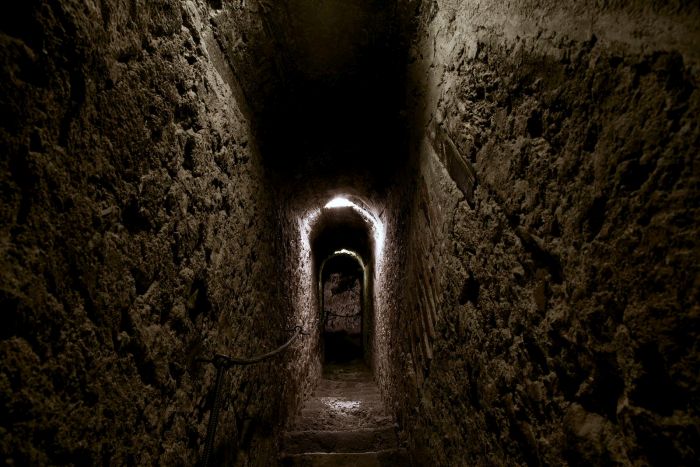|
|
Dracula's Castle, Bran Castle, Bran, Braşov County, Transylvania, Romania
|
In 1212, Teutonic Knights built the wooden castle of Dietrichstein as a fortified position in the Burzenland at the entrance to a mountain valley through which traders had travelled for more than a millennium, but in 1242 it was destroyed by the Mongols. The first documented mentioning of Bran Castle is the act issued by Louis I of Hungary on November 19, 1377, giving the Saxons of Kronstadt (Braşov) the privilege to build the stone citadel on their own expense and labor force; the settlement of Bran began to develop nearby. In 1438–1442, the castle was used in defense against the Ottoman Empire, and later became a customs post on the mountain pass between Transylvania and Wallachia. It is believed the castle was briefly held by Mircea the Elder of Wallachia during whose period the customs point was established. The Wallachian ruler Vlad Ţepeş (Vlad the Impaler) 1448–1476 does not seem to have had a significant role in the history of the fortress, although he passed several times through the Bran Gorge. Bran Castle belonged to the Hungarian Kings but due to King Vladislas II’s failure to repay loans, the city of Brasov gained possession of the fortress in 1533. Bran played a militarily strategic role up to the mid-18th century.
In 1920, the castle became a royal residence within the Kingdom of Romania. It became the favorite home and retreat of Queen Marie. The castle was inherited by her daughter Princess Ileana and was later seized by the communist regime with the expulsion of the royal family in 1948.
In 2005, the Romanian government passed a special law allowing restitution claims on properties illegally expropriated, such as Bran, and thus a year later the castle was awarded ownership to Dominic von Habsburg, the son and heir of Princess Ileana.
In September 2007, an investigation committee of the Romanian Parliament stated that the retrocession of the castle to Archduke Dominic was illegal, as it broke the Romanian law on property and succession. However, in October 2007 the Constitutional Court of Romania rejected the parliament's petition on the matter. In addition, an investigation commission of the Romanian government issued a decision in December 2007 reaffirming the validity and legality of the restitution procedures used and confirming that the restitution was made in full compliance with the law.
|
|









